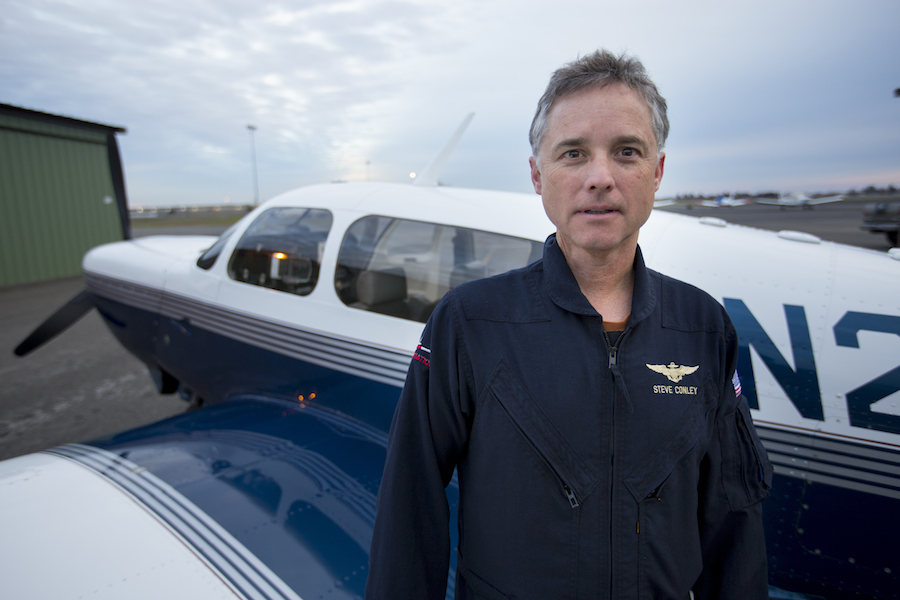
Methane leak doubles emissions for L.A. Basin
In early November 2015, UC Davis scientist Stephen Conley completed the first measurement of methane in the area surrounding last year’s methane leak at the Aliso Canyon Natural Gas Storage Facility near Los Angeles.
The leak began on Oct. 23 and continues to release methane into the surrounding area. Conley measured the level of methane in the air using a pollution-detecting airplane. He is the only individual to have collected data regarding the air quality of the area since the leak was initially discovered.
The last flight that Conley took through the area was on Dec. 23. He estimated that the leak has emitted approximately 80,000 tons of methane.
“This is by far the largest single leak we have ever measured, and its magnitude is comparable to what is estimated as the total emissions coming from the entire L.A. Basin,” said Ian Faloona, Conley’s colleague and fellow UC Davis scientist.
According to Faloona, officials had been concerned about the facility due to its age and older infrastructure. The facility in Aliso Canyon is the second largest natural gas storage facility in the United States. A gas company named SoCalGas owns the facility and is responsible for the leak.
Conley emphasized that he was surprised when he saw the initial measurements of the air quality in the area. The amount of methane released due to the leak will have lasting ramifications for the surrounding areas and for the state of California as a whole.
“For the rest of L.A. and the state, it changes our greenhouse gas emissions,” Conley said.
According to Conley, this leak doubles the daily emissions rate for the entire Los Angeles Basin.
“Now they are drilling a whole new well to try to tap into the damaged well so that they can plug it up with cement, and they think they should have that done by the end of February,” Faloona said. “But these things are very tricky because they don’t want to do anything to endanger people and erupt the combustible gas so their actions have to be as careful as possible.”
Conley completed his initial flights through the area on behalf of the California Energy Commission (CEC). He is contracted with the CEC, but the pollution-detecting plane is part of his private business, Scientific Aviation. According to Faloona, the California Air Resources Board is currently overseeing the work that Scientific Aviation is doing to measure the air quality in the region.
Since the leak began, residents of the nearby neighborhood of Porter Ranch have complained of nausea, nosebleeds, headaches and dizziness, likely due to the high level of methane in the area.
California Governor Jerry Brown declared a State of Emergency for the area surrounding the leak on Jan. 6. The declaration of emergency outlined various policy changes, including daily inspection of gas storage well heads and regular testing of all safety valves used in wells, that will be implemented in light of the accident in Aliso Canyon.
While authorities are continuing to fix the leak, it is likely that methane will continue to be emitted into the surrounding area until late February or early March.
“I believe this accident will raise the awareness of this potential across the industry and closer regulations, monitoring and retrofitting will probably come about because of it,” Faloona said.
Written by: Laura Fitzgerald – campus@theaggie.org


